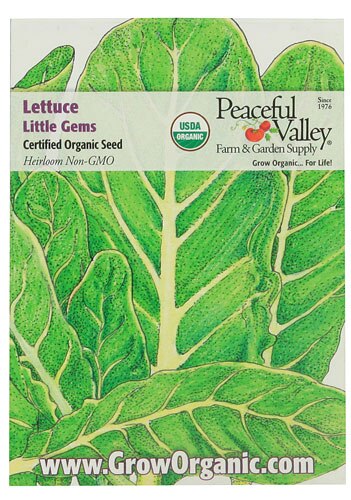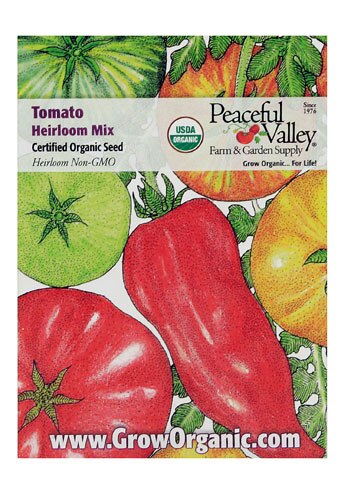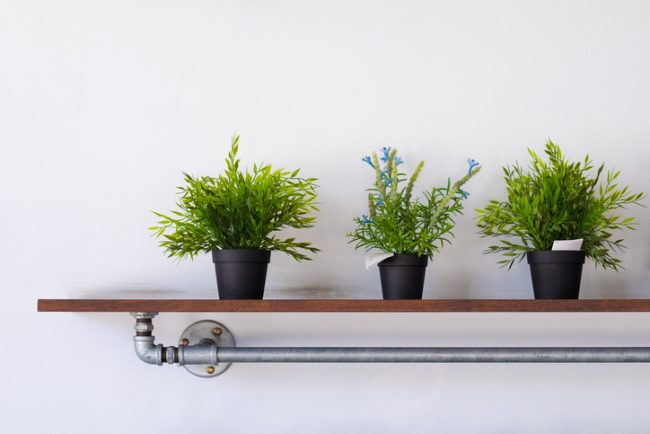Don’t let your small (or nonexistent) yard crush your dream of growing your own herbs, fruits and vegetables. Instead, give your green thumb a workout with your very own indoor container garden!
Plants can not only improve the aesthetics of your home, they can cleanse the air and provide your household with a bounty of delicious, organic produce.
Following are some tips to help you bring your indoor container garden to life:
Select a sunny space
Your indoor container garden can vary in size, depending on how much room you have—and choose—to devote to it. All you really need to get started is a small shelf or windowsill, but feel free to go big with a wide bench or table. Just be sure that the space you choose gets plenty of sunlight and place a tarp beneath the plants to protect your floor from stray water droplets.
Grab your greenery
Keep an eye out for plant varieties that are labeled “compact” or “dwarf” as these are specially developed for container gardening. Choices include—but definitely aren’t limited to—beets, carrots, cucumbers, tomatoes, lettuce and even Meyer lemons. Imagine all the tasty dishes you’ll prepare with your nutritious and colorful bounty!
Choose your containers wisely
The rule of thumb when growing fruits and veggies: the bigger the container, the better! If you want your tomatoes, peppers and cucumbers to flourish, make sure their containers are at least 18 inches in diameter. Containers for herbs, such as cilantro, basil and oregano, can be smaller (10 to 14 inches).
Pick the proper soil
Outdoor soil is generally very heavy and may contain insects and weed seeds—not ideal for your indoor garden. Instead, choose a soil variety specifically designed for indoor plants. Look for a growing media that remains loose and drains well yet contains sufficient organic matter to hold moisture and vital nutrients.
Fertilize your foliage consistently
Your indoor container garden requires a steady nutrient supply to grow and produce your produce. Be sure to choose an organic fertilizer—or make your own with coffee grounds, egg shells or Epsom salt!
Keep an eye on the thermostat
Most vegetation thrives at temperatures between 65 and 75 degrees Fahrenheit. If your home is too hot, your plants may be weak and small. If, on the other hand, the space is too chilly, their leaves may turn yellow and fall off.
Water your plants regularly
Container soil dries faster than ground soil, which means potted plants generally require more frequent misting (a.k.a. watering) than their “grounded” counterparts. Make sure your soil remains moist, but never soggy. Soggy soil is indicative of over-watering, a surefire way to kill your precious produce.
Add auxiliary lighting (if necessary)
If your indoor container garden isn’t thriving, consider adding additional lighting to the space. Even plants positioned near a window may receive inadequate sunlight during the winter. There are a variety of grow lights available, but choosing one can be daunting. So, ask the experts at your local nursery or garden supply store which type of grow light is best for your garden.
Keep the space humid
Moist air is a must for any indoor container garden. It your plants appear brittle (e.g., their leaves are turning brown and shedding), there’s a good chance the air in your home is too dry. Increase the moisture level by misting them more often or running a humidifier in the space.
Get your green thumb going at Vitacost.com where you can find the following indoor gardening essentials and more:
Peaceful Valley Organic Lettuce Little Gems Seed  |
Fertilize with Organic Coffee Co. Ground Java Love |
Peaceful Valley Certified Organic Tomato Heirloom Mix Seeds |

